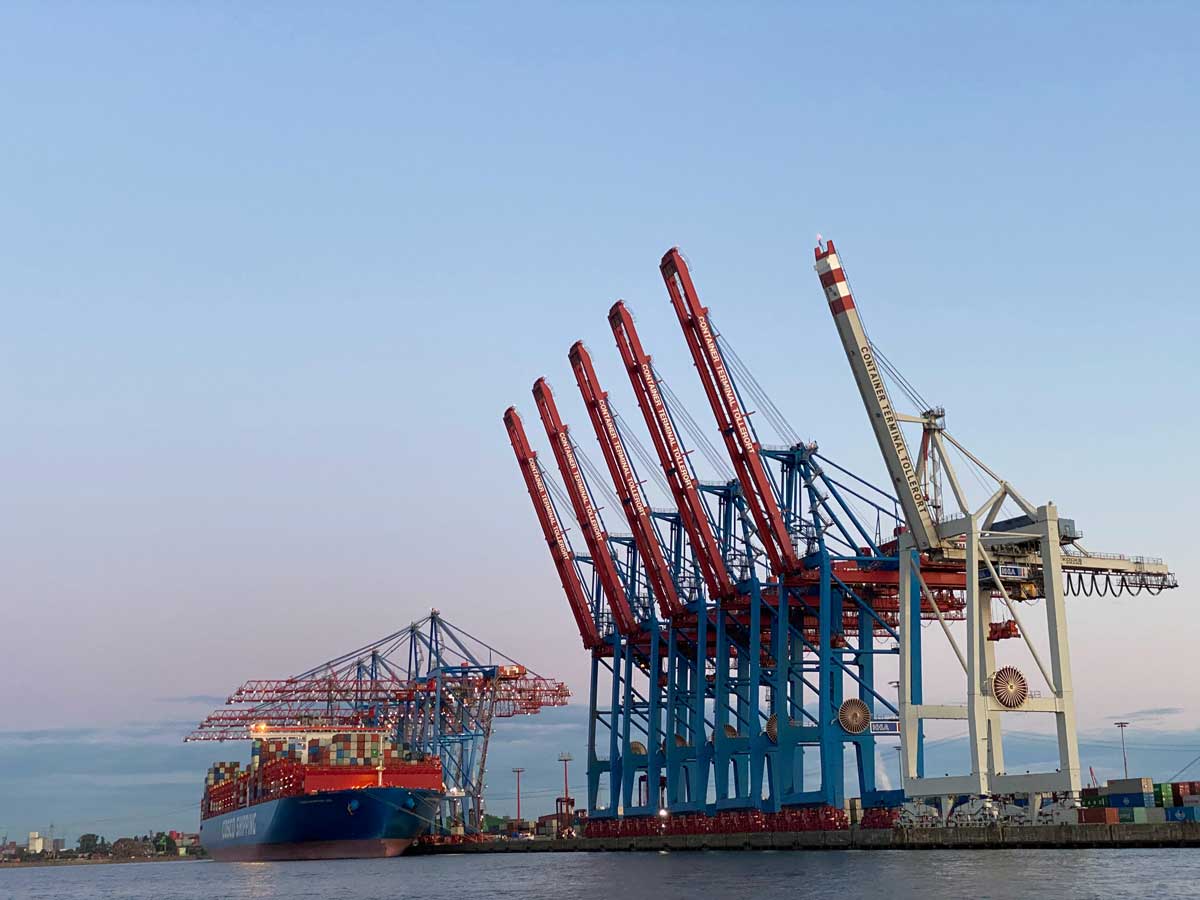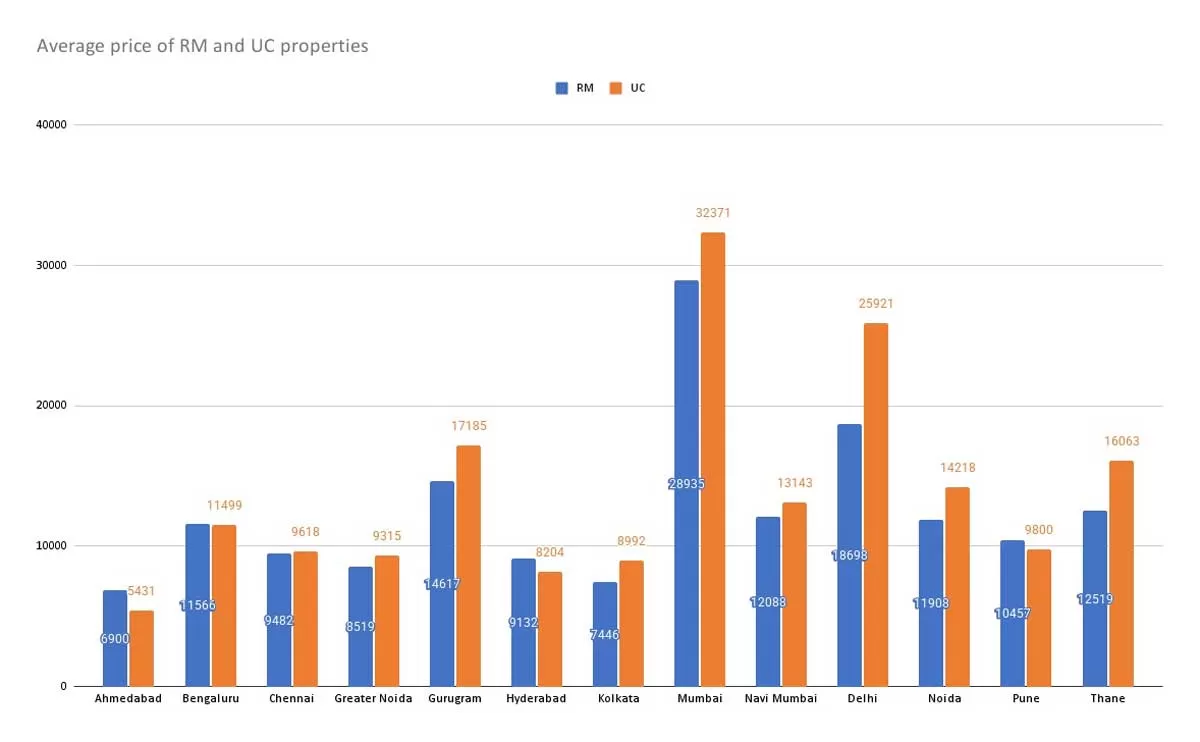To realize Prime Minister Modi’s ambition to achieve a GDP of US$ 20 trillion in the next twenty-five years, India would require a compound annual growth rate (CAGR) of 9.65 per cent- for which programmes like PM Gati Shakti are essential. While this seems to be a trifle optimistic, there is evidence to demonstrate that this is doable. Economies such as Taiwan, South Korea, China and Japan have all achieved economic growth of over 7 per cent per annum (CAGR) sustained over decades.
In India’s favour is the demographic dividend, an unmatched pool of human resource with productive age on its side. India has been growing at an average rate of 6 to 7 per cent over the last few years, majorly on the back of its service sector, a rude reminder of the lagging manufacturing and agriculture sectors, which have grown
at 3 to 4 per cent. Make in India, Digital India, Startup India, and other declaratory programmes could tap the potential of these sectors and make a 9.65 per cent CAGR possible.
Critically, more ambitious programmes, such as Atmanirbhar Bharat (or self-reliant India, to build resilient supply chains with mitigated cross-border dependence for sensitive industries) and PM Gati Shakti programme (Gati, the Hindi word for speed, aims to boost economic growth (Shakti) through infrastructure building through this umbrella scheme for all infrastructure development) have since occupied centre stage.
In India’s favour is its track record in nominal terms, India’s GDP grew fourfold over fifteen years, from US$ 450 billon in 2000 to over US$ 2 trillion in 2015. If we were to repeat the feat, it certainly seems possible to get to US$ 20 trillion and beyond! If we extrapolate the Chinese trend to India, China had a GDP of just over US$ 2 trillion in 2006, it now touches US$ 20 trillion through a CAGR of approximately 20 per cent, so India’s US$ 20 trillion target would seem within grasp. Nevertheless, the Government of India has to work very hard to achieve this. Thankfully, the previous policy paralysis has been replaced with continuous policy reforms, thanks largely to a stable ‘majority’ government as opposed to a less stable coalition. Taken together, these factors can provide a favourable environment for businesses.
India also needs rapid infrastructure development on the PPP model- which will be substantially enabled and expedited through the PM Gati Shakti programme. According to the latest available data from the World Bank, India’s GDP was US$ 2.067 trillion in 2014. On PPP basis, according to the latest available data from the 2011 International Comparison Program in which the World Bank is involved, India went from the tenth-largest economy in 2005 to the third-largest, moving ahead of Japan, in 2011 with US$ 5.75 trillion GDP.
The study assesses economies based on PPP or an estimate of the comparable real living costs across countries by factoring in the differences in price levels and exchange rates.
However, the risk to India’s US$ 20 trillion target is that economies are increasingly interconnected and a slowdown in a major economy leads to a drag in developing economies as well. This is where India’s FTAs with resource-rich partners like Australia are vital, and align perfectly with the Atmanirbhar Bharat programme. With most of the developed economies (barring the USA) slowing down, double-digit growth would be tough to sustain at a continuous stretch. Moreover, even technologically-advanced countries like the United States took approximately thirty-five years to cover the distance between US$ 2 trillion and US$ 17 trillion.
Commerce and Industry Minister Piyush Goyal reiterated that India will emerge a US$ 30 trillion economy in the next 30 years, based even on a conservative compounded annual growth rate of 8 per cent. Breaking this down, in another nine years, that is 18 years from now, we will be about a US$ 13- trillion economy. In another nine years, that is 27 years from now, we will be a US$ 26-trillion economy, then obviously, in 30 years from now, confidently we can all expect that the Indian economy will be a US$ 30 trillion economy.
If we take the average growth rate of 7 per cent per annum, it is quite achievable and realistic that given all the others factors like growing demand, favourable demographics, and a promising track record India will reach its target of US$ 20 trillion in 2049, i.e. thirty-three years from now. And if we take the average growth rate to be 5 per cent then it will take another thirteen years to reach the target. So going by the average growth rate and history, it appears that the target of US$ 20 trillion in thirty-five years is within reach for India.
SOUND CALCULATION
India’s economy has seen a sharp rebound after the first-two waves of the pandemic and as per the projections made by the International Monetary Fund (IMF), India is expected to be among the fastest growing major economies in the world in 2021 and 2022. The key driver of growth so far has been the increased pace of vaccination, rising levels of capital spending by the government, the private capex also showing signs of recovery, healthy exports and reforms introduced by the government. It is further expected that with the bold reforms, continued higher capital expenditure, investment is sectors like infrastructure, the Indian economy will grow stronger in the years to come. We believe India is at an inflexion point. The ambitions and actions we choose today will shape the future of the country, for a long time to come.
The Prime Minister had articulated a Gross Domestic Product (GDP) target of US$ 5 trillion by 2025-26, which got derailed due to the pandemic when GDP contracted by 7.3 per cent during 2020-21. However, with the economy recovering smartly in 2021- 22 by 9.2 per cent (which is the advance estimate released recently by the Ministry of Statistics), and with agriculture and industrial sector expected to surpass the 2019-20 levels, we can now get back to the earlier trajectory.
DPIIT has published a report titled India@2047, under the banner of Azadi ka Mahotsav; making India a US$ 40 trillion economy by 2047.
The document also envisions the 25-year journey for ten services sectors and articulates the enabling interventions for achieving the vision in each of the sectors besides interventions for horizontal enablers that would provide the necessary support for the vision of the services sector by 2047. Logistics- unsurprisingly- figures as one of the key sectors.
(The article above is an excerpt from the new 2022 edition of the acclaimed book Navigating India by Bharat Joshi)
By: Bharat Joshi, Main Promoter, Associated Container Terminals Ltd.


















